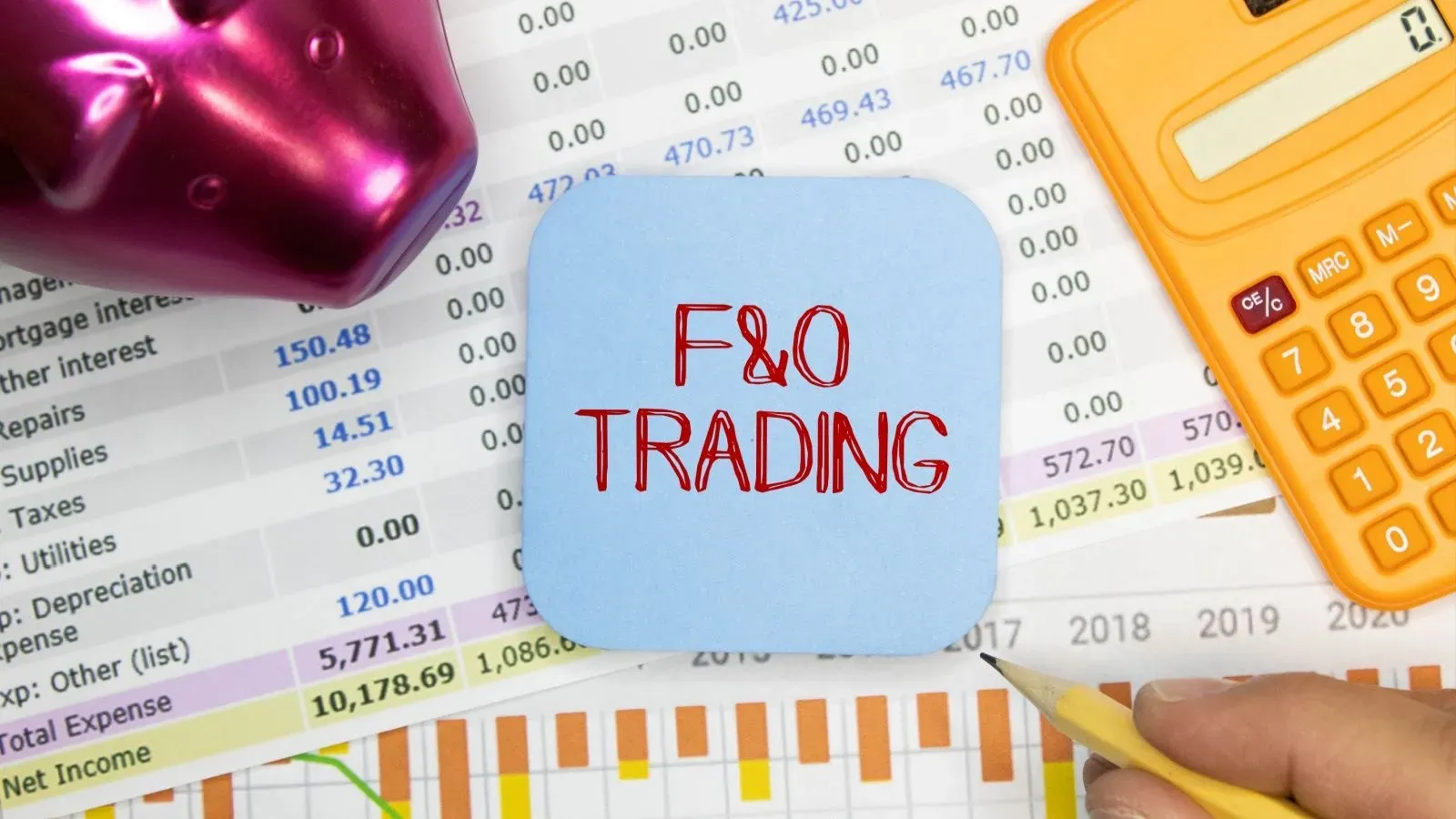How to Use Rainbow Options For Greater Returns
Written by Upstox Desk
Published on July 31, 2025 | 5 min read

Summary:
When the performance of two or more underlying assets determines the outcome of an options contract, it is known as a rainbow option. This blog will explain how you can use rainbow options to maximise returns from the various underlying assets that constitute these options.
Introduction to rainbow options
When the performance of two or more underlying assets determines the outcome of an options contract, it is known as a rainbow option. At a given time, investors can make speculation about the best or worst performers from the underlying assets. Each of these assets is allocated a colour so that all the factors can be used as a sum to make up a rainbow.
Trade over the counter, these are a type of exotic option and are more like basket options because they are a combination of several underlying securities. The only difference is that for basket options, it is based on a single price. For rainbow options, it is based on puts/calls on the worst/best performance of the underlying assets.
Some of the key features of rainbow options are as follows:
- They are exotic options
- More than one underlying security is involved
- They can be of different types
- Usually rely on worst/best performer
- The option is activated upon the achievement of certain parameters
How rainbow options work
Depending on how the performances of the underlying assets are taken into consideration, rainbow options are structured accordingly. The top or bottom performers’ outcome determine the payoff, which are called ‘best of’ or ‘worst of’, respectively.
This is how it is different from those of basket options. The net or total performance of the entire collection of securities determines the payout from the options. The movement or performance of individual assets does not affect payout, but the value of the option. For a rainbow option, the movement has to take place:
- For all the underlying assets
- In the intended direction
A type of rainbow options is correlation options. This happens when there is a connection between two or more assets and when an asset adjusts itself in a specific range (in it or outside it), the structure is activated. These are quite similar to barrier options, the only difference being that barrier options depend on one underlying asset, whereas over here, it is two or more. Knock-out and knock-in options are types of barrier options.
To make things simple, rainbow options are like the ‘tanala’ of horse racing. You don’t need to pick a winner. You need to pick the three horses that will finish in the top three, in whichever order. Similarly, you can choose the assets that will register the highest growth in percentage terms. If they do, the option is successful. If they do not, the option will be worthless when it expires.
Types of rainbow options:
- Basket options: For these types of rainbow options, the payout depends on the weighted average of many underlying asset’s prices.
- Best-of/worst-of options: The holder of this option gets paid depending on the highest/lowest performing asset’s price upon expiration.
- Spread options: The holder of this option gets paid the difference in the price of two or more underlying assets.
- Quanto options: These are options that reduce risks for investors who need to deal in securities that are traded in foreign currencies. The advantage of such an option is exchange rate fluctuations and volatility do not affect the payout.
- Exchange options: A rainbow option such as this entitles the holder to give up an asset in exchange for another asset for a price that has been agreed upon beforehand.
- Rainbow barrier options: These options use barrier levels, which when breached, set off particular conditions or alter the structure of the payout. These may be combinations of various barrier types, such as up-and-in.
- Lookback options: These grant the holder the ability to use the option at a favourable historical price during the lifecycle of the option. The payout will rely on the minimum or maximum price of the underlying assets during the option's term.
- Multi-asset options: This category is broad and includes any option that has more than a single underlying asset. They may have payoff structures that are complex and involve different combinations of the options that have been named earlier in this list.
Summing up:
Rainbow options offer a number of advantages to their holders, including diversification, customisations, risk management, enhanced returns and cost reduction. However, rainbow options do have their inherent complexities as well as risks associated with payoff structures, underlying assets and correlations. Before using them as an investment tool, it is essential to understand them clearly, along with their implications. Similar to other types of financial derivatives, rainbow options can be used with caution and within a well-thought-out risk management framework. With a little help from the right avenues and the information given in this blog, you should get investing in no time.
About Author
Upstox Desk
Upstox Desk
Team of expert writers dedicated to providing insightful and comprehensive coverage on stock markets, economic trends, commodities, business developments, and personal finance. With a passion for delivering valuable information, the team strives to keep readers informed about the latest trends and developments in the financial world.
Read more from UpstoxUpstox is a leading Indian financial services company that offers online trading and investment services in stocks, commodities, currencies, mutual funds, and more. Founded in 2009 and headquartered in Mumbai, Upstox is backed by prominent investors including Ratan Tata, Tiger Global, and Kalaari Capital. It operates under RKSV Securities and is registered with SEBI, NSE, BSE, and other regulatory bodies, ensuring secure and compliant trading experiences.





















